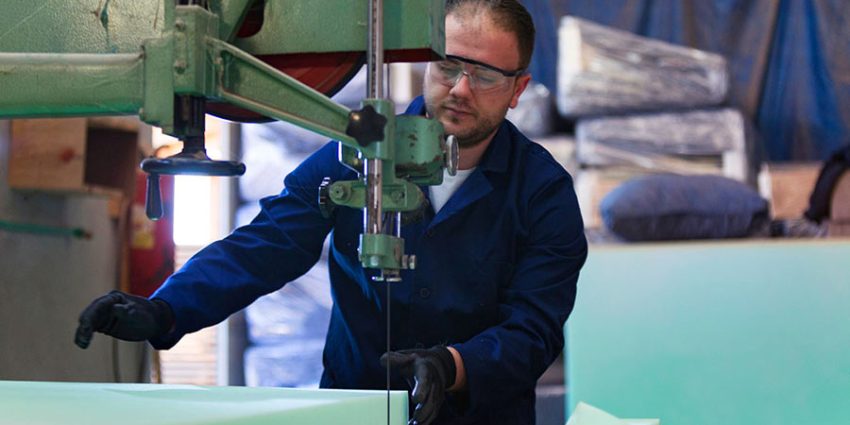Imagine working with powerful tools that could either boost your productivity or pose serious risks. Just like a skilled pilot navigates turbulence, mastering industrial tool safety is all about precision and vigilance. To keep these tools from turning into hazards, it’s crucial to follow effective safety strategies. How to manage risks and ensure safe operation in the world of industrial tools?
The Foundation of Safety
Think of training as the cornerstone of safety. Without it, using industrial tools is like sailing without a map—full of potential hazards and uncertainty.
- Comprehensive Training: Every operator should receive detailed training. They need to understand not only how to use the tool but also how to identify and mitigate potential dangers.
- Ongoing Education: Safety isn’t a one-time lesson. Regular updates and refresher courses keep everyone current with best practices and new safety protocols.
Keeping Tools in Top Shape
Industrial tools are like high-performance machines—they require regular upkeep to function safely and efficiently.
- Routine Inspections: Conduct regular checks for signs of wear and tear. Look for anything out of the ordinary, from cracks to loose components.
- Prompt Repairs: Address issues immediately. Don’t let small problems become big hazards.
- Cleaning: Keep tools clean to prevent buildup that can obscure potential problems and complicate safe operation.
The Importance of Safety Gear
Safety gear is your frontline defense against accidents. It’s essential to protect yourself while working with powerful tools.
- Personal Protective Equipment (PPE): Equip yourself with the right PPE, such as gloves, goggles, and ear protection. Each piece of gear plays a crucial role in preventing injuries.
- Correct Fit: Ensure that your safety gear fits properly. Ill-fitting equipment can be just as dangerous as not wearing it at all.
The Power of Safe Work Practices
Safety is more than a set of rules; it’s a culture. Cultivating a safe work environment means everyone prioritizes safety at every step.
- Clear Protocols: Establish clear, well-communicated safety protocols. Everyone should know the proper procedures for operating and maintaining tools.
- Safe Work Environment: Keep your workspace organized and free of unnecessary clutter. A clean, orderly environment helps prevent accidents and makes hazards easier to spot.
Emergency Preparedness: Ready for the Unexpected
Even with the best precautions, accidents can happen. Being prepared for emergencies can significantly reduce their impact.
- Emergency Plans: Develop and practice emergency response plans. Ensure that everyone knows how to react in case of an accident or tool malfunction.
- First Aid Training: Provide basic first aid training. Quick response to injuries can make a critical difference in the aftermath of an accident.
Conclusion
Ensuring the safe operation of industrial tools is an ongoing commitment to vigilance and preparation. By focusing on comprehensive training, regular maintenance, proper safety gear, safe work practices, and emergency readiness, you can turn potential risks into manageable challenges. Remember, safety isn’t just a protocol—it’s the very foundation upon which effective and productive tool use is built. So gear up, stay sharp, and keep safety at the forefront of every task.

